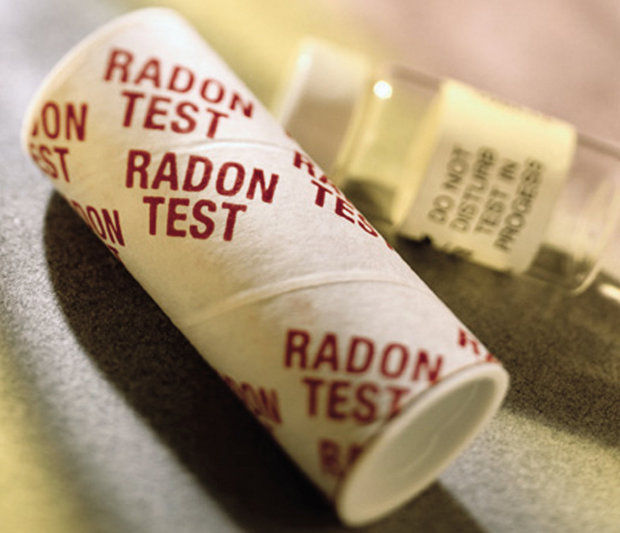Radon testing is one of the first and vital steps in radon mitigation. As a homeowner, you have to perform short-term or long-term radon testing to confirm the existence of radon. If you want to monitor the levels, long-term testing is recommended. The latter is essential because it is the only way to determine whether your home has consistently high radon levels. This is because certain factors can affect radon levels and eventually the radon test results. In regards to these factors, does high AQI affect radon tests?
What is AQI?
AQI stands for Air Quality Index. The United States AQI is what the Environmental Protection Agency uses when reporting air quality. AQI is like a yardstick that runs from 0 to 500 in which the higher the value, the greater the air pollution is. Therefore the higher AQI is, the more dangerous it is. If the AQI is 50 and below, that means the area has good air quality. However, if it exceeds 300, that means the air is hazardous to one’s health.
Suppose your home has high AQI, and you want to test it for radon, does high AQI affect the result of the test?
According to experts, high AQI does not significantly affect radon tests. One reason for this is because radon testing identifies the amount of radiation and not the chemicals in the air. Besides, it is usually performed in basements, and this is because the soil is where radon is mainly found. Since it is a naturally occurring gas, conducting radon testing at least below ground would be best.
Factors That Affect Radon Tests
High Air Quality Index does not affect radon tests, but certain factors can do it. If you are conducting the radon test yourself, here are some factors that can significantly affect it:
Test Placement and Movement
As mentioned earlier, radon is a naturally occurring gas, and it comes from uranium which is usually found in soil and rock. As such, it is normal for your basements to have high radon levels since the gas enters through the lowest level of your home. Since location can affect the radon test results, make sure to conduct the testing in the best place. Ensure that the test is located at least 20 inches off the ground and a minimum of one foot away from the outside walls.
Weather Conditions
Weather conditions like rain, thunderstorms, and high wind can also affect radon test results. For instance, radon readings can significantly go down as the outdoor wind speed increases. This is why you have to choose the best time to get the most accurate results. If you consider getting your home for radon from fall to winter, the results can be affected.
Radon testing is vital to ensure that your home is free from cancer-causing gas. But since some factors can affect the test, you have to do the tests at the right time. When in doubt, you can always seek professional assistance. Hiring a licensed radon contractor from your state can help you with accurate radon testing and professional assessment.











